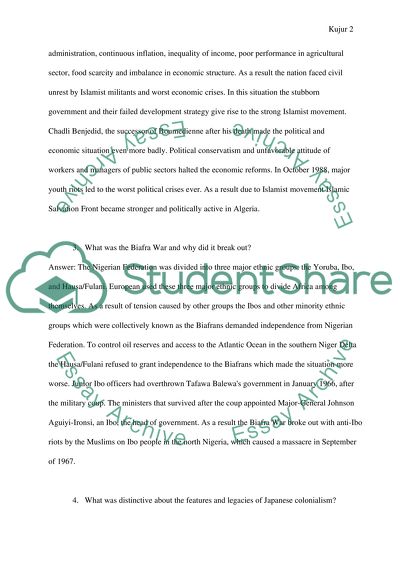Cite this document
(“Political change in the third world Essay Example | Topics and Well Written Essays - 2500 words”, n.d.)
Retrieved from https://studentshare.org/miscellaneous/1512484-political-change-in-the-third-world
Retrieved from https://studentshare.org/miscellaneous/1512484-political-change-in-the-third-world
(Political Change in the Third World Essay Example | Topics and Well Written Essays - 2500 Words)
https://studentshare.org/miscellaneous/1512484-political-change-in-the-third-world.
https://studentshare.org/miscellaneous/1512484-political-change-in-the-third-world.
“Political Change in the Third World Essay Example | Topics and Well Written Essays - 2500 Words”, n.d. https://studentshare.org/miscellaneous/1512484-political-change-in-the-third-world.


